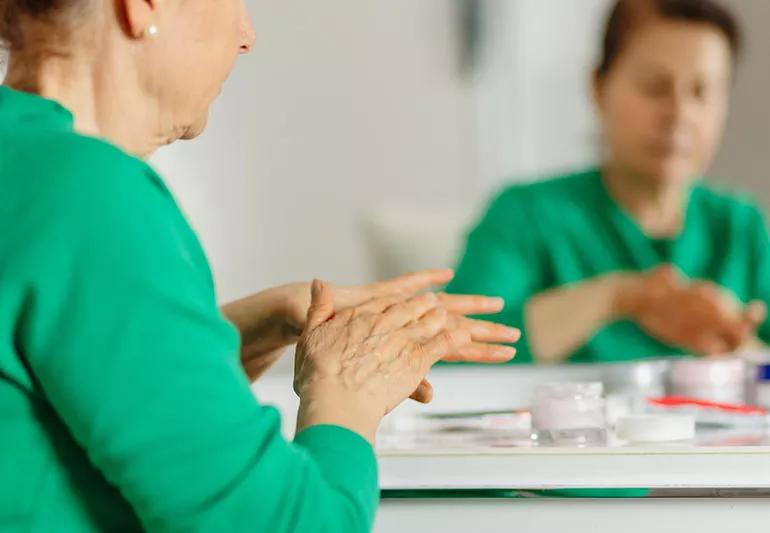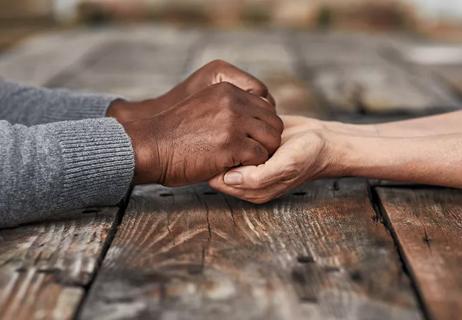Take these steps to limit the damage

As if battling cancer isn’t life-altering enough, undergoing cancer treatments can sometimes take a toll on your appearance, too. Certain cancer therapies, like chemotherapy and radiation, can dry out your skin and cause your nails to become ridged and brittle.
Advertisement
Cleveland Clinic is a non-profit academic medical center. Advertising on our site helps support our mission. We do not endorse non-Cleveland Clinic products or services. Policy
“However, a few simple changes in your personal hygiene routine can limit the damage and make you feel less self-conscious about your appearance,” says licensed aesthetician Michele Taylor.
If you or someone you love is undergoing cancer treatment, follow Taylor’s do’s and don’ts for skin and nail care, below.
If you’re undergoing chemotherapy, dry skin is inevitable. And radiation therapy can often cause radiation dermatitis, which can trigger a rash, flaking and peeling skin or blisters at the treatment site.
Beyond their appearance, these skin changes can lead to other complications. Dry skin gets itchy, and excessive scratching may create wounds that put you at risk for infection. To care for your skin during chemotherapy or radiation treatments, Taylor recommends the following:
Advertisement
Chemotherapy sometimes affects your fingernails and toenails, which can develop lines and ridges. The nail beds can turn brown or black, and nails may even fall off. To care for your nails during chemotherapy, Taylor recommends the following:
The side effects of cancer treatment can sometimes pose additional challenges for you or your loved ones. “Following these practical tips can lessen their impact on your skin and nails and have you feeling more confident about yourself,” says Taylor.
Advertisement
Learn more about our editorial process.
Advertisement

Rates of early-onset breast, colorectal and GI cancers are increasing, but preventive care and a healthy lifestyle can help reduce your risk

The side effects of cancer and treatment can impact desire, sexual function and intimacy, but there are ways you can keep the flame going

Decisions you make regarding smoking, alcohol use, meal choices and exercise can make a big difference

When you’re living with cancer, eating enough protein and a variety of colorful foods can help you keep up your strength and energy

Practice meditation together, make a unique-to-them care package and embrace emotions

Taming fear and reclaiming your future after treatment

Carcinomas are the most common and affect skin and organs

7 healthy eating tips to help reduce your risk of some of the most common types of cancer

If you’re feeling short of breath, sleep can be tough — propping yourself up or sleeping on your side may help

If you fear the unknown or find yourself needing reassurance often, you may identify with this attachment style

If you’re looking to boost your gut health, it’s better to get fiber from whole foods